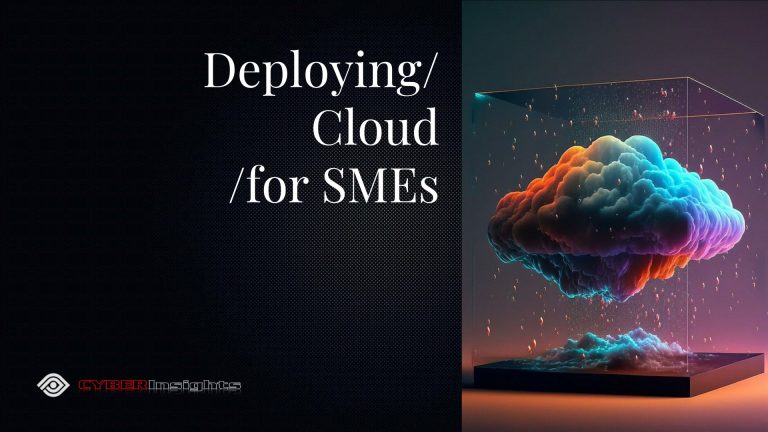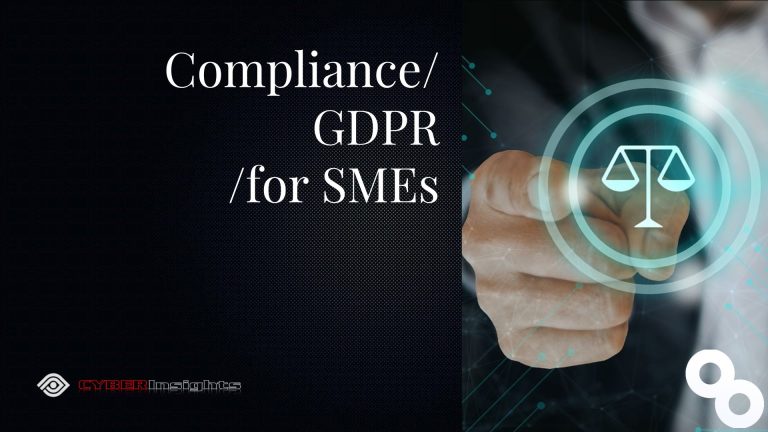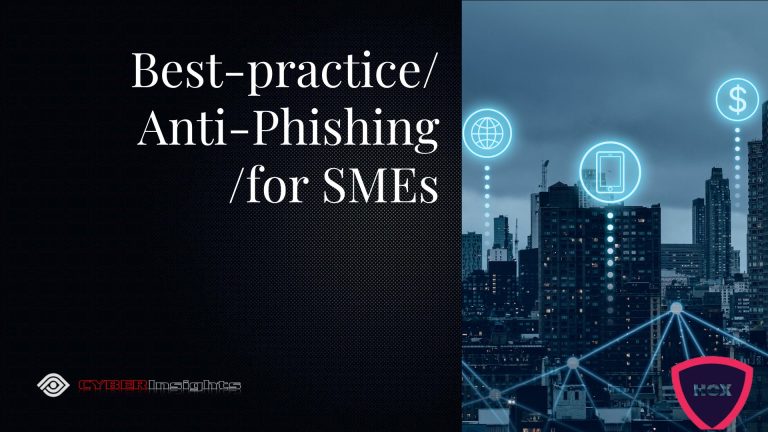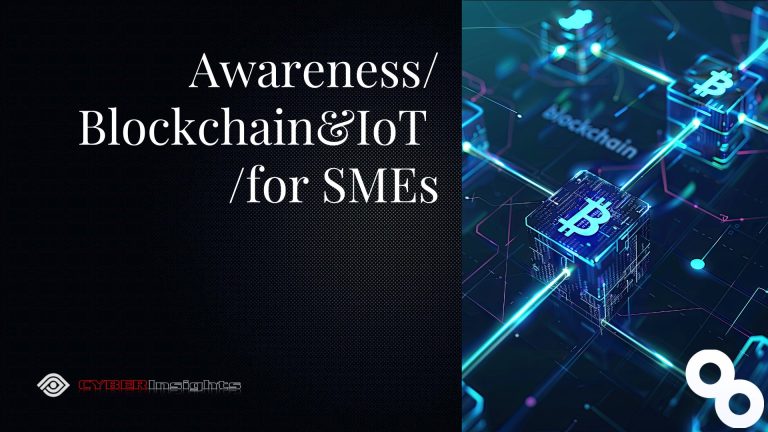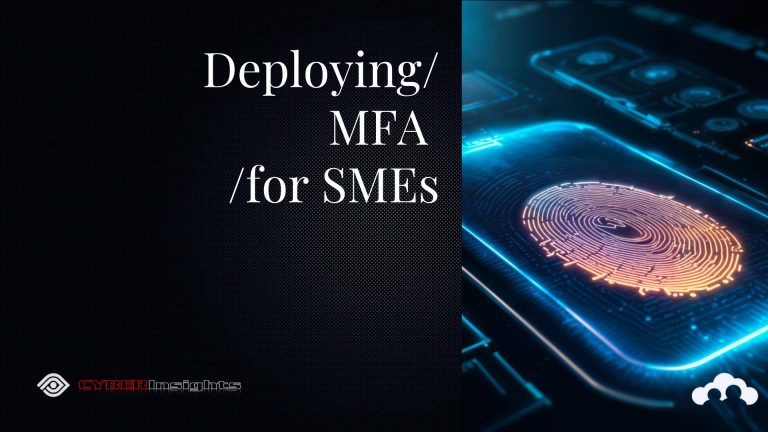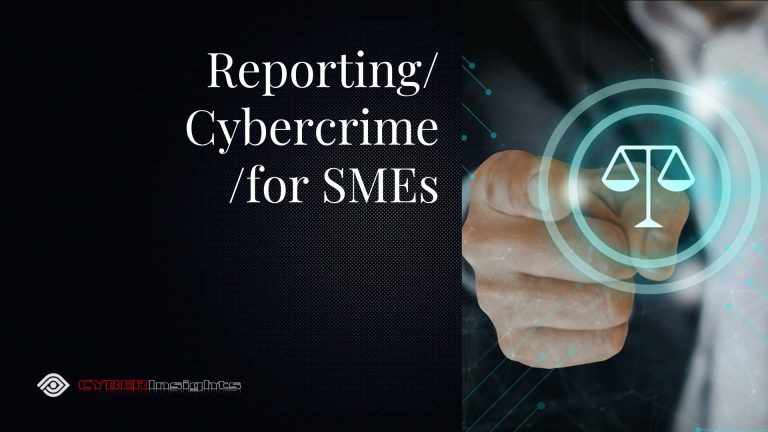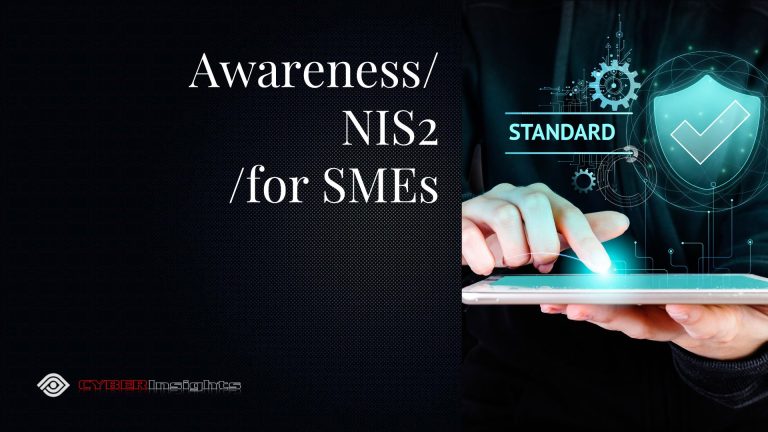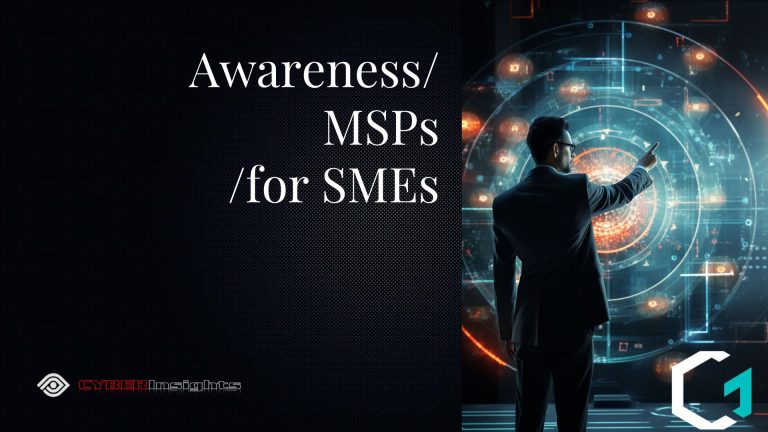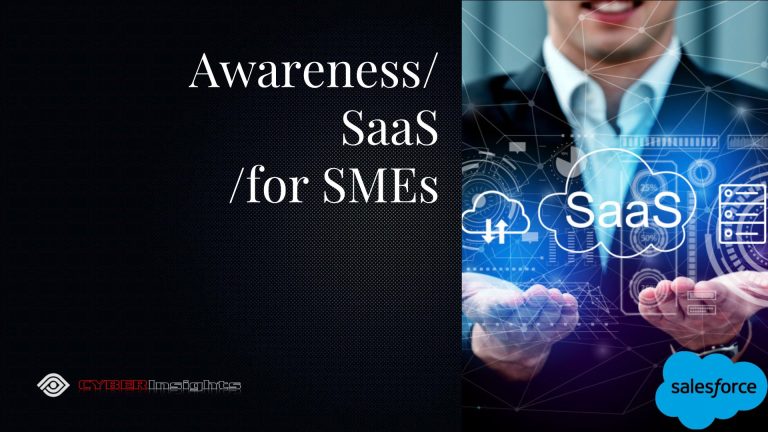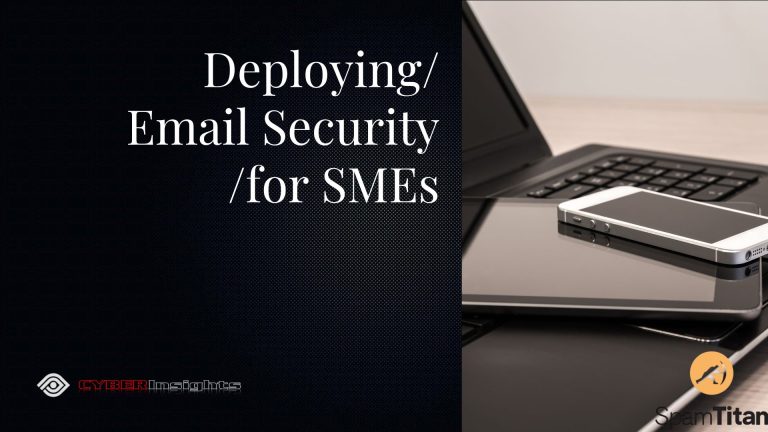THREAT INTEL: Aisuru Botnet: 10x Bigger Than Mirai Could ‘Kill Most Companies’ in 2025
June 3, 2025
Helping Keep Small Business CYBERSafe!
Gibraltar: Tuesday 03 June 2025 at 10:00 CET
THREAT INTEL: Aisuru Botnet: 10x Bigger Than Mirai Could ‘Kill Most Companies’ – Security Alert 2025
By: Iain Fraser – Cybersecurity Journalist
Published in Collaboration with: Nord VPN
SMECyberInsights.co.uk – First for SME Cybersecurity
Google Indexed on 030625 at 10:42 CET
#SMECyberInsights #SMECyberSecurity #SMECyberAwareness #CyberSafe #SME #SmallBusiness
What’s the threat? Security researchers have uncovered what they’re calling a “digital weapon of mass destruction” – the Aisuru botnet, potentially the largest cybercriminal network ever assembled. This massive botnet dwarfs the infamous 2016 Mirai attack that brought down Netflix, Twitter, and Reddit simultaneously, operating at roughly 10 times the scale with millions of compromised devices under criminal control.
Unlike previous botnets that targeted specific companies or sectors, Aisuru’s sheer size gives it the capacity to launch “crippling digital assaults” capable of overwhelming entire industries simultaneously. Security experts warn that most companies – particularly SMEs – lack the defensive infrastructure to survive a full-scale Aisuru attack, leading to the stark assessment that this botnet could literally “kill most companies” through sustained, overwhelming cyberattacks that render their digital operations completely unusable.
Key Aisuru Botnet Facts:
• 10x larger than the infamous Mirai botnet
• Capable of company-killing attacks according to security experts
• Targets IoT devices with weak default passwords
• DDoS attack focus – overwhelming websites to knock them offline
• Smart device exploitation – fridges, cameras, routers most vulnerable
What Is a Botnet?
A botnet is a network of compromised internet-connected devices that hacker’s control remotely to launch coordinated Cyberattacks. Key characteristics:
• Infected devices unknowingly participate in attacks
• Distributed control – thousands of devices act simultaneously
• Primary weapon: Distributed Denial of Service (DDoS) attacks
• Target goal: Overwhelm websites and services with traffic until they crash

How Big Is the Aisuru Botnet Compared to Mirai?
Mirai botnet (2016 reference point):
• Infected over 600,000 IoT devices worldwide
• Knocked major websites offline including Twitter, Netflix, Reddit
• Caused internet outages across entire regions
• Demonstrated devastating potential of IoT-based attacks
Aisuru botnet (2025):
• Approximately 10 times larger than Mirain
• Potentially controlling millions of compromised devices
• Unprecedented attack capacity for overwhelming targets
• Company-killing potential according to security researchers
Which Devices Are Most Vulnerable?
Primary targets for botnet recruitment:
1. Smart home devices – Internet-connected fridges, thermostats, lighting
2. Security cameras – IP cameras with default login credentials
3. Home routers – Network equipment with weak passwords
4. IoT sensors – Industrial and consumer monitoring devices
5. Smart TVs – Connected entertainment systems
6. Voice assistants – Smart speakers and home automation hubs
Why these devices: Most use default passwords, receive infrequent security updates, and have minimal built-in protection compared to smartphones and computers.
How Do DDoS Attacks ‘Kill Companies’?
Immediate business impacts:
• Website crashes – Customer-facing services become unavailable
• Revenue loss – E-commerce sites cannot process transactions
• Productivity halt – Employee access to critical systems blocked
• Reputation damage – Customers lose confidence in reliability
• Recovery costs – Emergency response and system restoration expenses
Long-term consequences:
• Customer defection to competitors with reliable services
• SLA breaches resulting in contractual penalties
• Insurance claims and potential coverage disputes
• Regulatory scrutiny for businesses in critical sectors
What Makes Aisuru Particularly Dangerous?
Scale advantages over previous botnets:
• Massive device count enables overwhelming attack volumes
• Geographic distribution makes takedown efforts more complex
• Device diversity creates multiple attack vectors simultaneously
• Persistent presence across millions of compromised systems
Attack sophistication:
• Multi-vector assaults combining different attack types
• Adaptive targeting based on victim defenses
• Extended duration capability for prolonged campaigns
How Can SMEs Protect Against Botnet Attacks?
Immediate protective measures:
1. DDoS protection services – Cloud-based filtering and traffic management
2. Network monitoring – Early detection of unusual traffic patterns
3. Incident response planning – Prepared procedures for attack scenarios
4. Backup connectivity – Alternative internet connections and hosting
5. Security partnerships – Professional cybersecurity support contracts
Device security (prevent botnet recruitment):
• Change default passwords on all connected devices immediately
• Regular firmware updates for IoT devices and routers
• Network segmentation – Isolate IoT devices from critical systems
• Device inventory – Track and secure all internet-connected equipment
What Should Businesses Do Right Now?
Emergency preparedness checklist:
1. Assess current DDoS defenses – Evaluate existing protection capabilities
2. Inventory connected devices – Identify potential botnet recruitment targets
3. Update all passwords – Replace defaults with strong, unique credentials
4. Test incident response – Verify backup systems and communication plans
5. Contact security providers – Discuss enhanced protection options
Who Is Most at Risk?
High-priority targets for Aisuru attacks:
• E-commerce businesses dependent on website availability
• Financial services with critical online platforms
• Healthcare organizations relying on connected medical devices
• Manufacturing companies with extensive IoT sensor networks
• Small businesses lacking enterprise-level DDoS protection
When Will the Attacks Begin?
Security researchers have not specified timeline for Aisuru deployment. However, historical botnet patterns suggest:
• Immediate threat – Botnets typically begin attacks shortly after discovery
• Peak activity periods – Often coincide with high-value targets (holidays, major events)
• Ongoing campaigns – Modern botnets operate continuously rather than in discrete attacks
How Did Mirai Compare to Current Threat?
2016 Mirai impact lessons:
• Knocked out major internet infrastructure across US East Coast
• Affected millions of users for hours
• Demonstrated IoT device vulnerability at scale
• Led to first major botnet-related arrests and convictions
Aisuru potential (10x scale):
• Could affect entire regional internet infrastructure
• Extended outage duration due to massive attack capacity
• Multiple simultaneous targets overwhelming response capabilities
• Economic impact potentially reaching billions in lost productivity
What Are Security Experts Saying?
Researchers describing Aisuru as capable of “killing most companies” reflects the unprecedented scale and potential impact. The assessment suggests:
• Attack volumes exceeding most organizational defenses
• Duration capability for sustained campaigns
• Resource requirements beyond typical small business budgets
• Recovery complexity following successful attacks
Why This Matters for UK SMEs
The Aisuru botnet represents a paradigm shift in cyber threats. While previous attacks targeted specific organizations or sectors, a botnet of this scale could launch simultaneous attacks across multiple industries, overwhelming collective defense capabilities.
For SMEs, this emphasizes the critical importance of proactive cybersecurity investment rather than reactive incident response. The cost of prevention is significantly lower than the potential cost of recovery from a company-killing attack.
UK Small Business Owner? Join SMECyber Free Now! & Access the SME Cyber Forum – Read, Learn, Engage, Share …
The Latest SME Cybersecurity News, Threat Intelligence & Analysis, Timely Scam Alerts, Best-practice Compliance, Mitigation & Resources specifically curated for UK Based SMEs in a Single Weekly Email direct to your Inbox or Smart Device together with Unrestricted Free Access to our entire SME Cyber Knowledge & Tutorial Library.
What is a VPN & Does my SME Need one? A VPN is a Virtual Private Network a method of securing your communications credentials. When it comes to Small and Medium-sized enterprises (SMEs), the choice of VPNs can significantly impact the security and efficiency of their operations.
The NordVPN service allows you to connect to 5600+ servers in 60+ countries. It secures your Internet data with military-grade encryption, ensures your web activity remains private and helps bypass geographic content restrictions online. Join NordVPN Today and Save up to 73% and Get 3 months Extra Free Rude Not to …!

